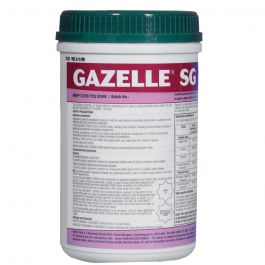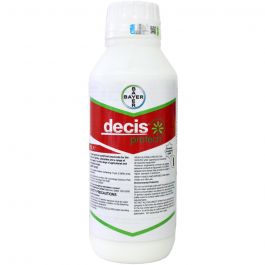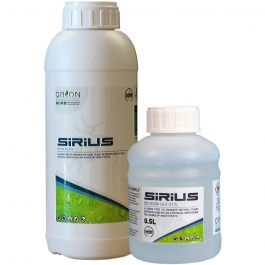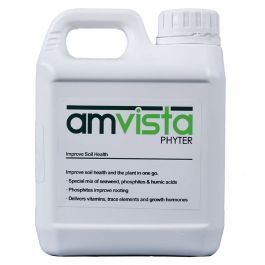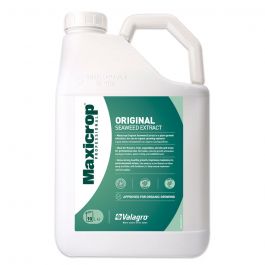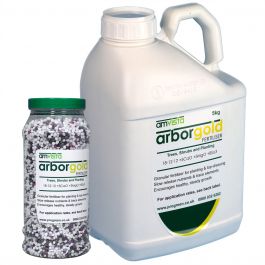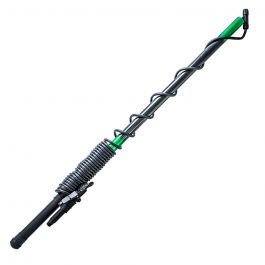Conifer Mite Control
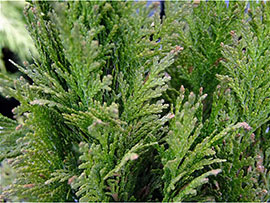
Love them or hate them, leylandii are a common sight all over the UK. However they are increasingly being attacked by two insect pests that are turning them brown. Signs of damage are patches or swathes of dead, dying conifer usually starting from lower down and spreading in random patches. Once it is dead, conifer does not regrow so the invisible insect attack should be treated as early as possible.
Below is an image to show the damage that conifer mites can cause:
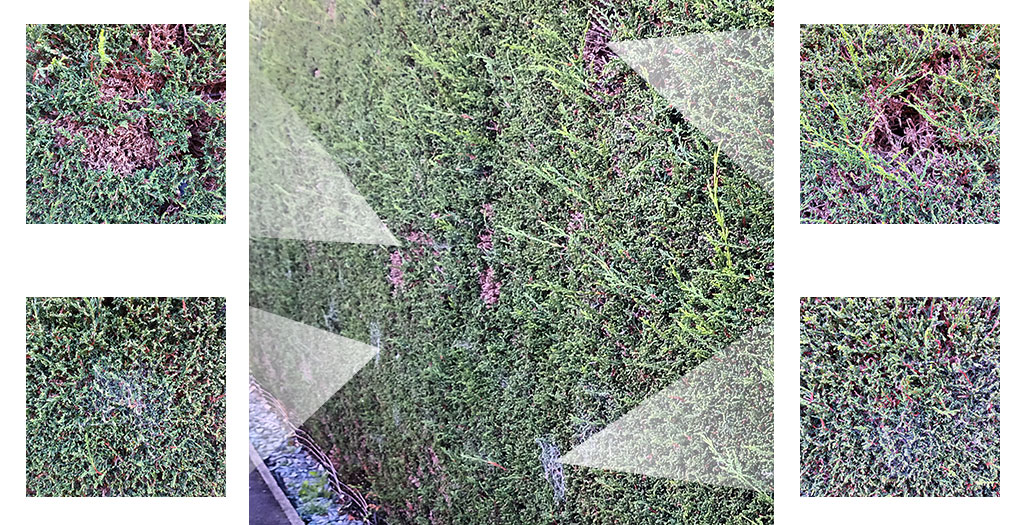
Telling the difference between conifer mites and cypress aphids
1. Conifer Mites (Oligonychus ununguis (Jacobi))
Spider mites are hosted by a variety of tree and plantings including spruce, fir, juniper, pine, hemlock and others. Infested trees display mottled foliage which may appear brownish-grey, and needle loss may occur.
To confirm a mite infection, lightly tap the damaged branches over a white paper and examining the paper for reddish-brown mites which are about the size of pepper grains. In heavy infestations, spider webbing may also be conspicuous.
2. Cypress aphids (Cinara cupressivora)
Damage caused by cypress or conifer aphid develops in late spring and summer. It is found most often at the base of the hedge, but can develop at any height. Large greyish greenfly are sometimes found, but the hedge browning often develops long after the aphids have left the foliage. Clues are left behind, including cast aphid skins and a black fungal growth (sooty mould) that grows on the sugary honeydew excreted by the pest.
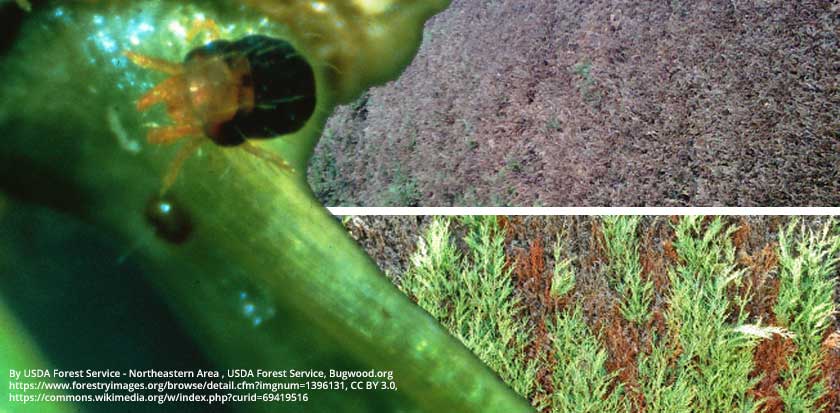
Conifer mite treatment
Spraying Oil from Certis is no longer available to us, but both pests can be treated successfully with different insecticide spray products.
Sirius 1 L: A physical insecticide that degrades to silica and water after use. Very safe for operators and pets, etc. Works to smother and affect the outer ‘shell’ of the sap-sucking insects. Can be tank mixed or applied in sequence with Decis Protech detailed below.
Application Rate: 25 ml in 10L water
Decis ProTech 1 L: Professional insecticide suitable for a wide range of crops and areas of use. Active ingredient: Deltamethrin. Very low application rate – suitable for re-sprays. Treatment should commence in spring at the first sign of leaf browning and be repeated every 3-6 weeks through summer and autumn.
Gazelle: Professional systemic insecticide suitable for use in a wide range of crops and situations. Active ingredient: acetamiprid. Only targets pests that are actively feeding on treated plants. Application rate of 5g per 20L of water.
Can both be applied via a knapsack sprayer. When conifers are of a substantial height, telescopic lances are advised for ease of application. Spray foliage until well wetted. Always read the label.
Both these products can be bolstered by tank mixing with foliar seaweed - in season applications of seaweeds and trace elements will ensure a hedge has the full complement of nutrients to speed up damage recovery and minimise in-season growing stress. Products in this category include Phyter, Maxicrop Original & Amvista L9 Seaweed. For ease of applications, these products can be safely tank-mixed with the approved insecticide.
Finally,tree or shrub recovery can be aided by the application of a soil applied slow release fertiliser specifically balanced for trees and shrubs. Our classic tree and shrub fertiliser Arbor Gold is a once per season application (typically Spring), delivering the correct balance of nutrients for in a slow release form.
For more information call 01778 394052

